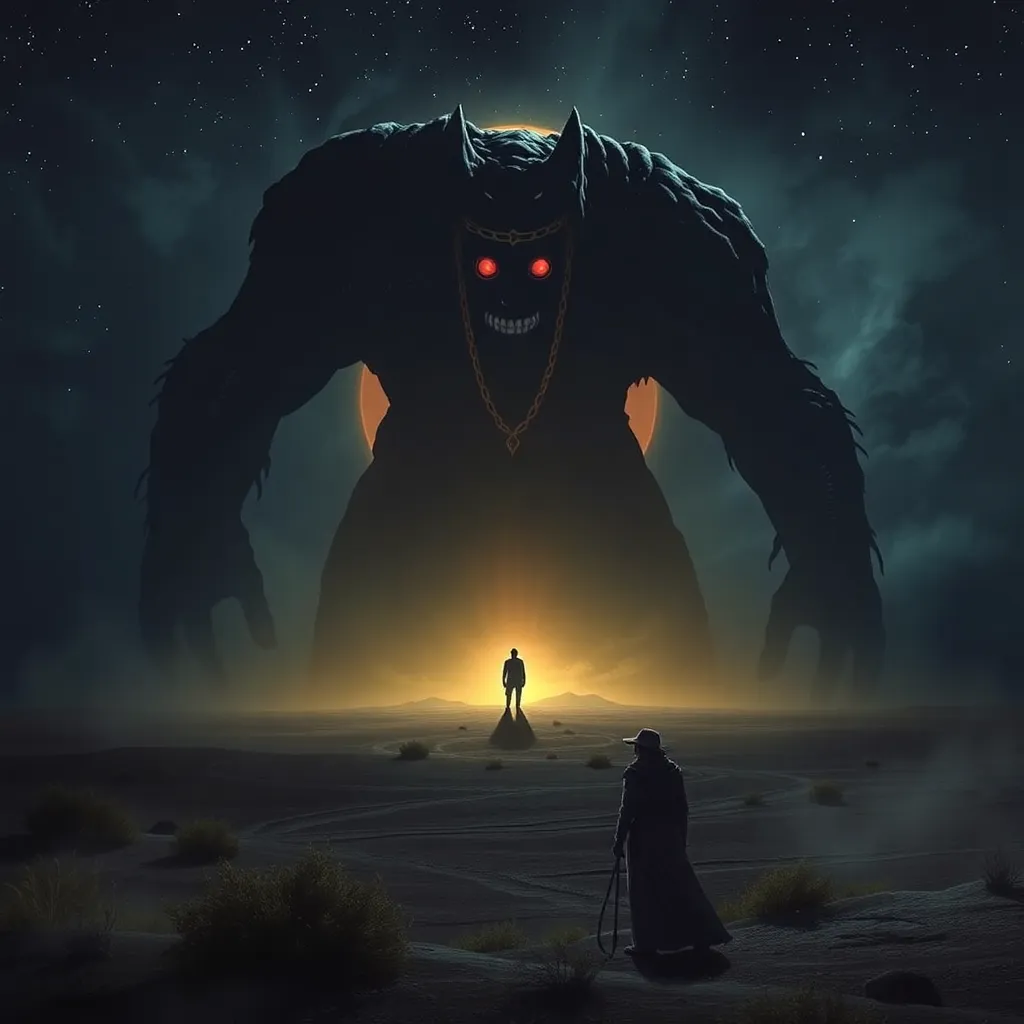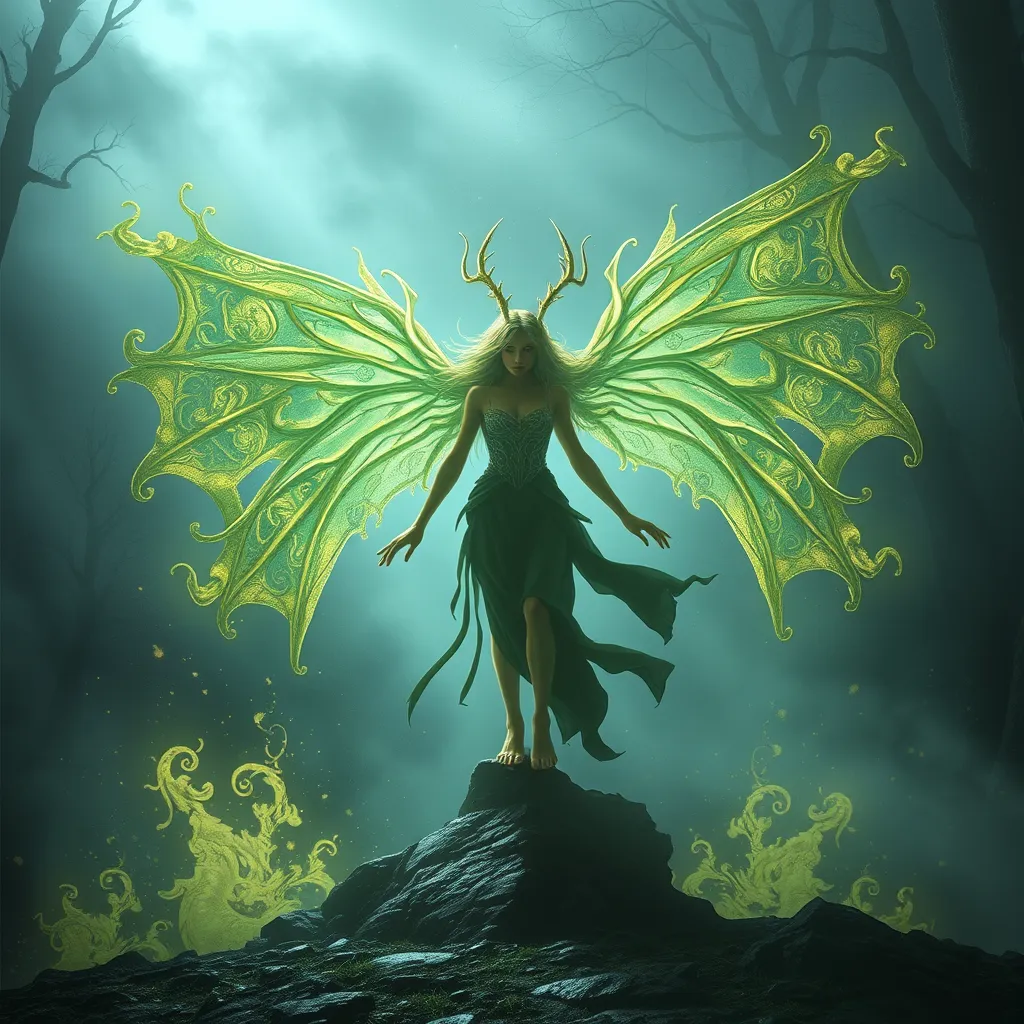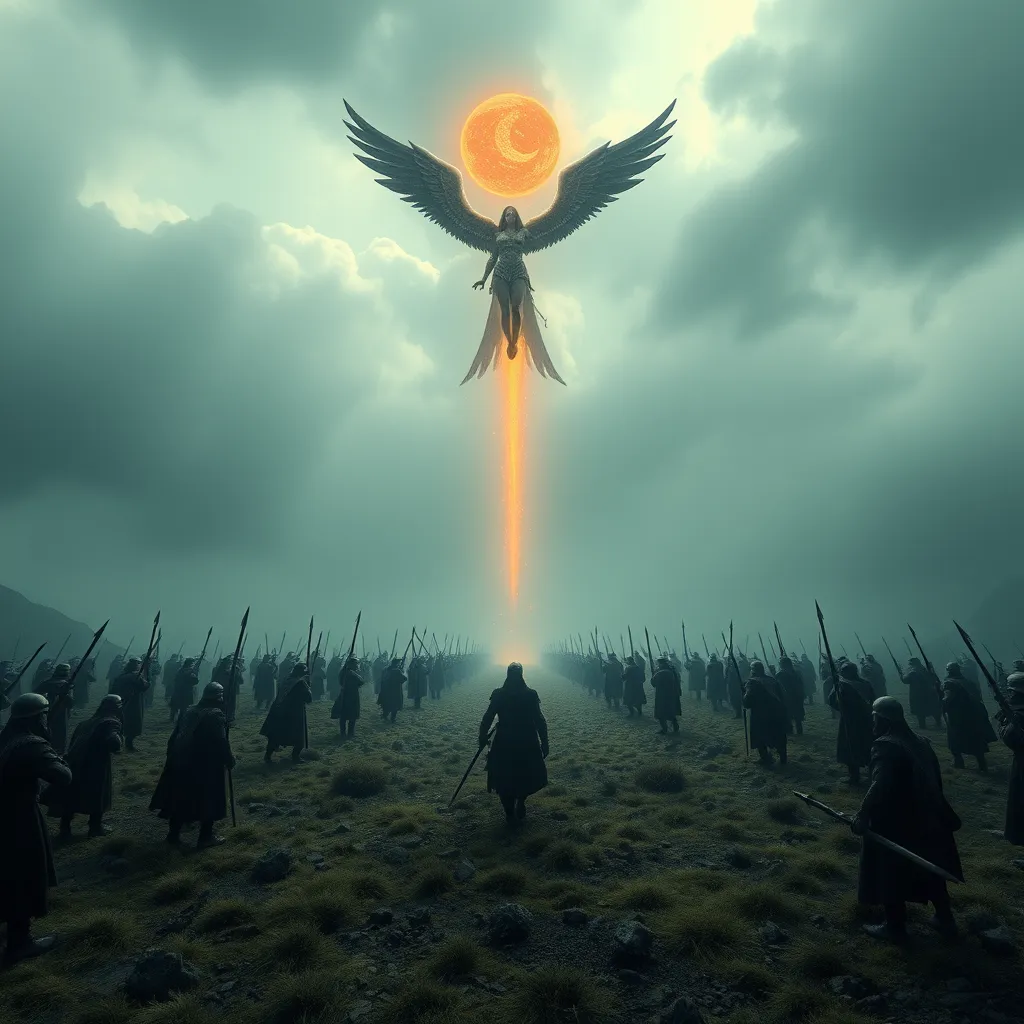The Skinwalker’s Shadow: Navajo Legends of Shapeshifters
I. Introduction
Navajo culture, one of the largest Native American tribes in the United States, is rich with traditions, beliefs, and a deep connection to the land. Central to this culture is the understanding of the spiritual world, where the boundaries between the physical and metaphysical often blur.
Among the most intriguing concepts in Navajo mythology is that of shapeshifters—beings capable of transforming their form at will. The most notorious of these is the Skinwalker, a figure surrounded by fear and fascination.
This article aims to explore the legend of the Skinwalker, delving into its origins, characteristics, cultural significance, and modern interpretations, all while honoring the Navajo perspective on this powerful symbol of transformation.
II. Origins of the Skinwalker Legend
The origins of the Skinwalker legend can be traced back to the historical context of Navajo beliefs and traditions. The Navajo, known as the Diné, have a rich spiritual heritage that includes a variety of deities, spirits, and mythical beings.
Witchcraft plays a significant role in Navajo spirituality, where the practice can be both revered and feared. Traditionally, witches are believed to possess harmful powers, and the Skinwalker is seen as a dark manifestation of these abilities.
Over time, the Skinwalker myth has evolved, influenced by external factors such as colonization and cultural exchange. Today, it remains a potent symbol of both fear and respect within the Navajo community.
III. Characteristics of Skinwalkers
Skinwalkers are often described as malevolent witches who can transform into various animals. Their appearance can range from humanoid to animal-like, depending on the context of the story.
Common animals associated with Skinwalkers include:
- Coyotes
- Wolves
- Owls
- Foxes
- Ravens
The significance of transformation is profound; it symbolizes not only a physical change but also a moral and ethical decay. The ability to shapeshift is often tied to the violation of cultural taboos, making Skinwalkers both feared and reviled.
IV. Cultural Significance of the Skinwalker
Skinwalkers hold a prominent place in Navajo storytelling and oral tradition. These tales serve multiple purposes, providing entertainment while also imparting valuable moral lessons.
Some of the key moral and ethical lessons embedded in Skinwalker tales include:
- The dangers of greed and selfishness
- The importance of respecting natural and spiritual laws
- The consequences of engaging in witchcraft or dark practices
Moreover, Skinwalker legends significantly influence Navajo identity and culture, reinforcing the values and beliefs that are central to the Diné way of life.
V. Modern Interpretations and Representations
In recent years, the Skinwalker has found its way into contemporary media and literature, often depicted in a sensationalized manner. Films, television shows, and books frequently draw on the Skinwalker myth, often straying from its traditional roots.
The portrayal of Skinwalkers in popular culture can vary widely, with some representations emphasizing horror and violence, while others attempt to explore the deeper cultural significance of the legend.
These modern interpretations often differ from traditional beliefs, sometimes leading to misconceptions about the true nature of Skinwalkers, which are rooted in complex spiritual and ethical frameworks.
VI. Personal Accounts and Testimonies
Anecdotes from Navajo individuals about encounters with Skinwalkers are numerous and often chilling. Many recount experiences that evoke fear and uncertainty, contributing to the mystique surrounding these beings.
The psychological and emotional impact of these encounters can be profound, with individuals expressing feelings of dread and paranoia. Many community members view sightings as serious matters, often advising caution and respect when discussing the Skinwalker.
Community responses to reported sightings and stories vary, with some individuals taking these tales seriously, while others may view them as folklore or cautionary tales.
VII. Skepticism and Debunking Myths
Despite the rich cultural heritage surrounding Skinwalker legends, there are many who approach the topic with skepticism. Scientific explanations for Skinwalker tales often point to psychological phenomena, misidentifications of animals, or cultural misunderstandings.
The role of folklorists and anthropologists is crucial in understanding these stories, as they help to contextualize the Skinwalker within the broader scope of Navajo culture and belief systems.
Within the Navajo community itself, perspectives on Skinwalkers can vary greatly, with some believing strongly in their existence and others considering them mere myths or cautionary tales.
VIII. Conclusion
In summary, the Skinwalker legend is a complex and multifaceted aspect of Navajo culture, deeply rooted in historical beliefs, ethical teachings, and community identity. It serves as a reminder of the spiritual world that exists alongside the physical, emphasizing the importance of respect for cultural traditions.
The enduring nature of Skinwalker legends highlights their significance in preserving Navajo culture and identity for future generations. As these stories are passed down, they continue to inspire both fear and reverence, ensuring that the legacy of the Skinwalker remains a vital part of Navajo mythology.



